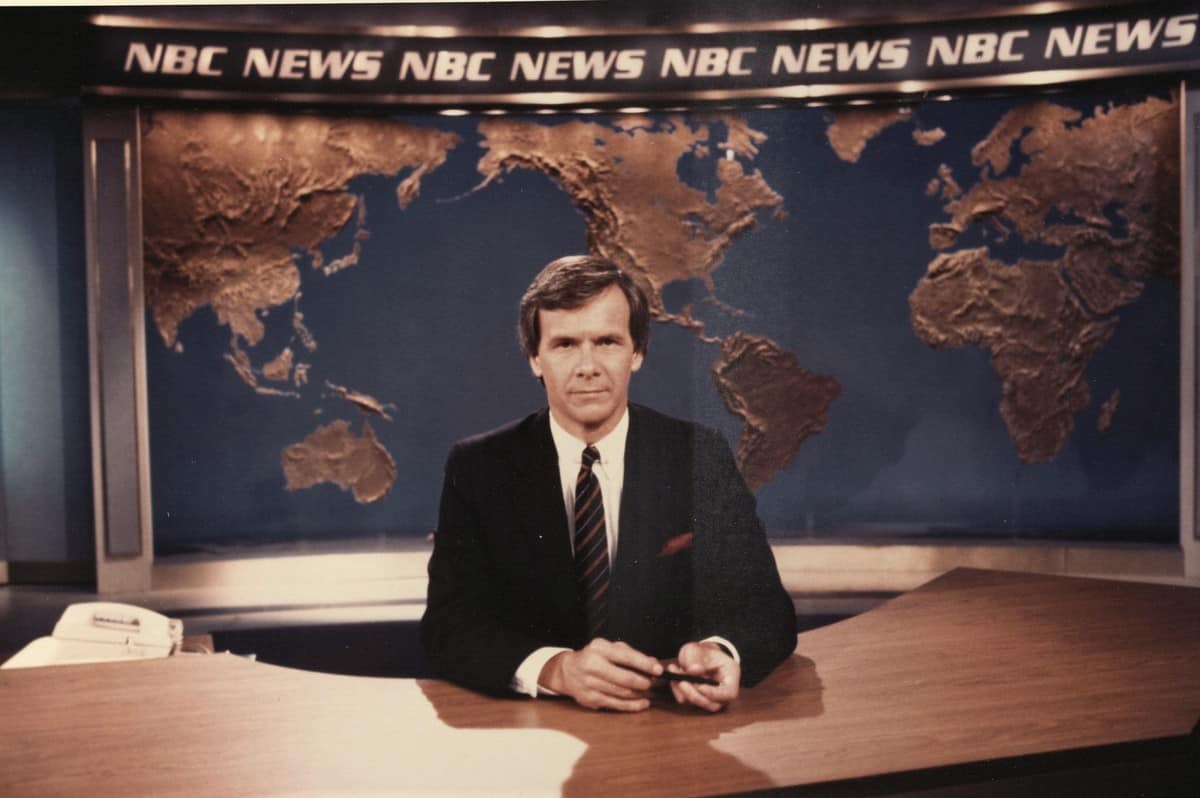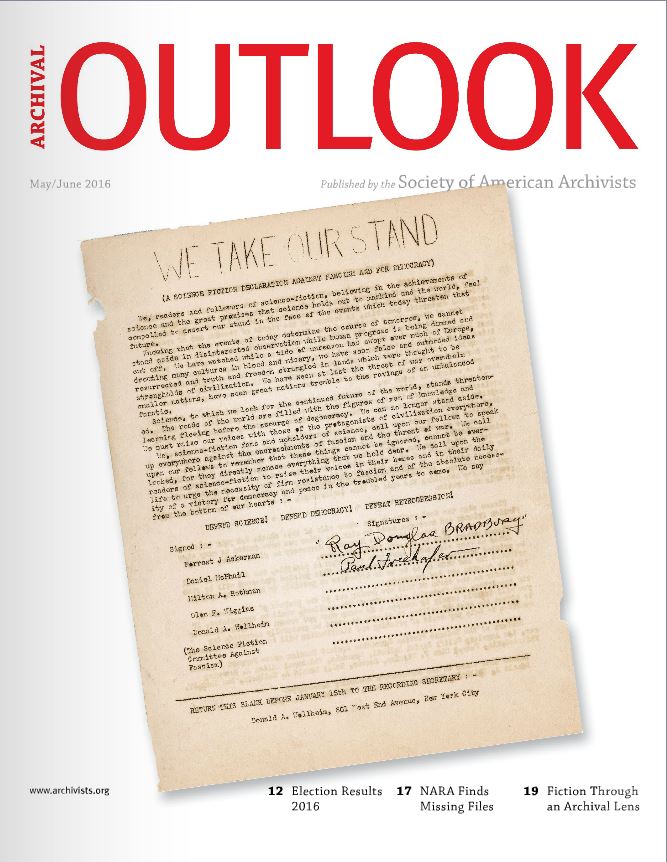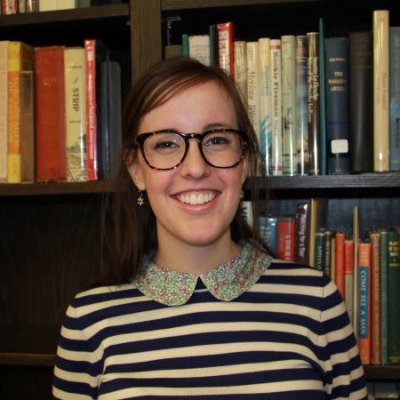A new exhibit bound to make you feel warm and fuzzy is up in the Special Collections & Archives reading room. Curated by lead outreach and instruction librarian Elizabeth Riordan and academic outreach coordinator Kathryn Reuter, the exhibit A Tale of Tails: Pets in the Archives explores the pets found in Special Collections & Archives,Continue reading “A Tale of Tails: Pets in the Archives”
Tag Archives: archives
Brokaw Papers Capture 55 Years of Journalism History
At the end of January of 2021, NBC News Anchor and Correspondent Tom Brokaw announced his retirement after a remarkable 55 years of journalism. Brokaw started his television career right here in Iowa, working at KTIV in Sioux City. He moved on KMTV in Omaha, Nebraska and then to WSB-TV in Atlanta, Georgia. By 1966,Continue reading “Brokaw Papers Capture 55 Years of Journalism History”
Special Collections Curator Peter Balestrieri Featured in “Archival Outlook”
Curator of Science Fiction and Popular Culture, Peter Balestrieri is featured in the Cover Story of the May/June issue of Archival Outlook from the Society of American Archivists. “Archivists are artists,” Balestrieri remarks, reflecting on his punk rock gig with the Violent Femmes and how a life with music and libraries intertwined eventually led him toContinue reading “Special Collections Curator Peter Balestrieri Featured in “Archival Outlook””
Chock Full O’ Ephemera
By Denise Anderson, Archives Assistant This bit of ephemera, this flattened Cellophane envelope, with its cheerful “Good Morning!” greeted me as I opened to page 41. I love that this colorful advertisement served as a book mark in Print, a journal of the graphic arts, for a library reader investigating “Lasansky and the Iowa PrintContinue reading “Chock Full O’ Ephemera”
Dora Lee and Arthurine: A Story of Two Black Women in 1955-1956
By Jacque Roethler, Manuscripts Processing Coordinator In the firestorm that was the desegregation movement of the nineteen fifties and sixties, the experiences of two women of color makes a nuanced statement about race and its implications. Dora Lee Martin attended the University of Iowa and sixty years ago on December 10, 1955, the seventeen yearContinue reading “Dora Lee and Arthurine: A Story of Two Black Women in 1955-1956”
News from Special Collections 8/28/2015
Staff Changes: 1. Saying Farewell to Olson Graduate Assistant Jillian Sparks Jillian Sparks will complete her two years as Olson Graduate Assistant here in Special Collections this week. The Olson GA’s participate in the department as junior staff for twenty hours a week; working at the reference desk and answering email reference questions, teaching classes,Continue reading “News from Special Collections 8/28/2015”
New Acquisition to the University Archives – George Ludwig Papers
We depend on weather satellite images daily for our forecasts and travel plans. Without the groundwork laid by the National Earth Satellite Service beginning in 1972, though, these images would not be possible today. A distinguished UI alumnus, George H. Ludwig (BA ’56, MS -59, Ph.D. ’60) was a founding director of NESS and ledContinue reading “New Acquisition to the University Archives – George Ludwig Papers”





